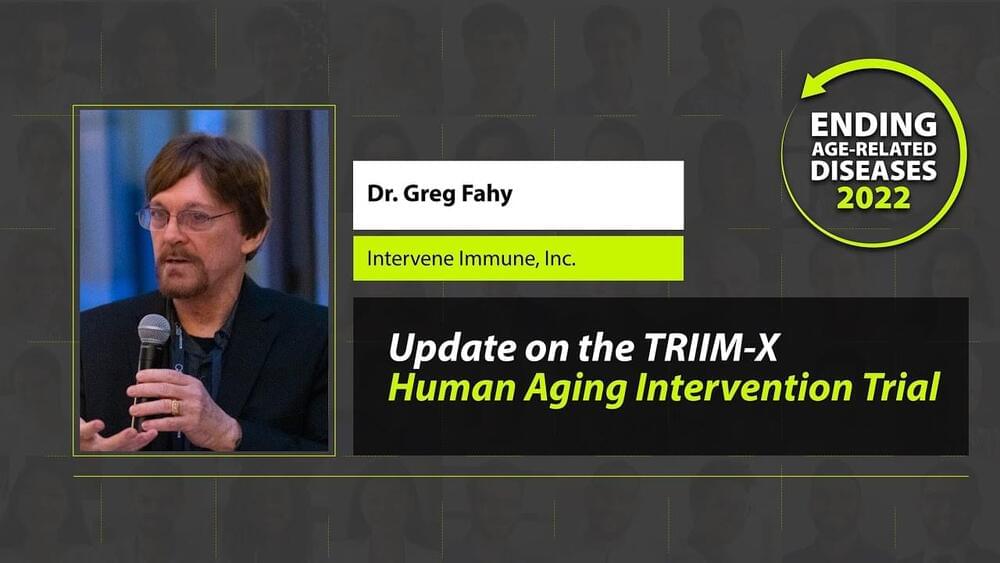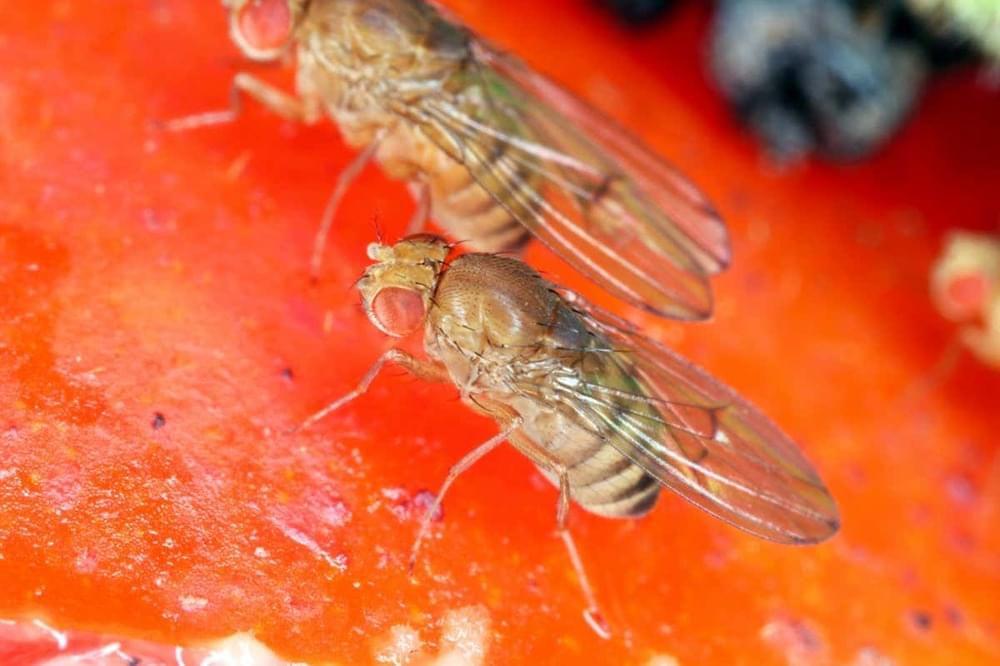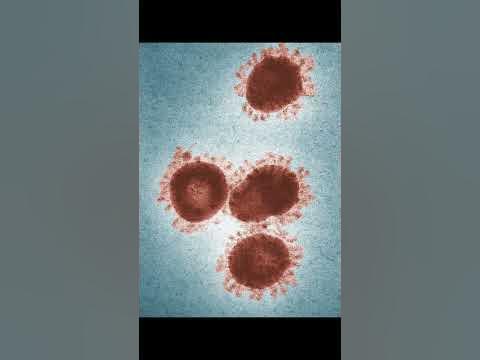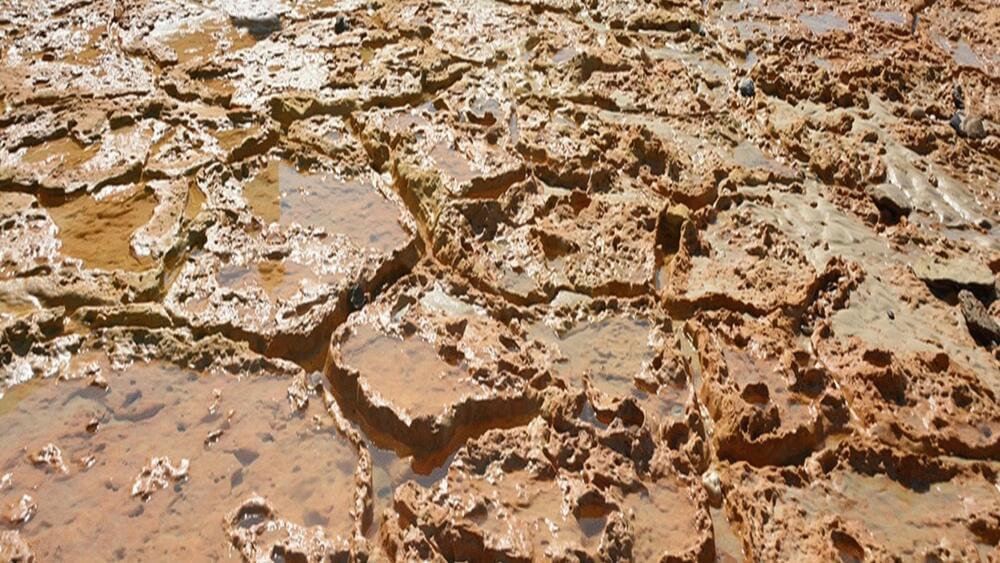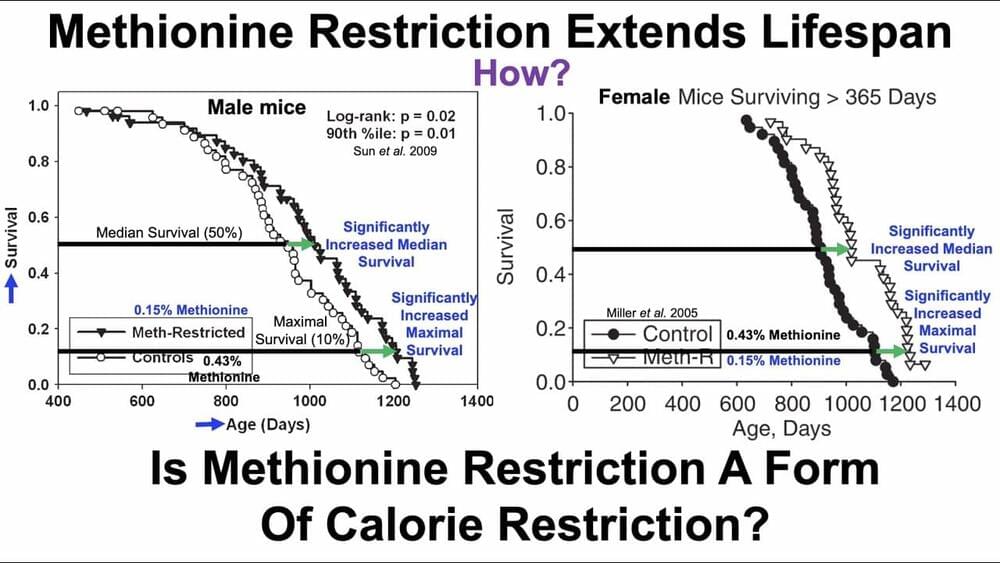
Researchers in the CEST group have published a study demonstrating the effectiveness of machine learning methods to identify suitable perovskite solar cell materials. Perovskite solar cells are a novel technology gathering a lot of interest due to their high efficiency and potential for radically lower manufacturing costs when compared to the traditional silicon-based solar cells.
Despite their promising qualities, the commercialization of perovskite solar cells has been held back by their fast degradation under environmental stresses, such as heat and moisture. They also contain toxic substances that can negatively impact the environment. The search for new perovskite materials that do not have these problems is ongoing, but the established experimental and computational research methods have not been able to handle the high number of material candidates that need to be tried and tested.
CEST members Jarno Laakso and Patrick Rinke, with collaborators from University of Turku and China, developed new machine learning-based methodology for rapidly predicting perovskite properties. This new approach accelerates computations and can be used to study perovskite alloys. These alloy materials contain many candidates for improved solar cell materials, but studying them has been difficult with conventional computational methods.
